DECEMBER BIRTHSTONES
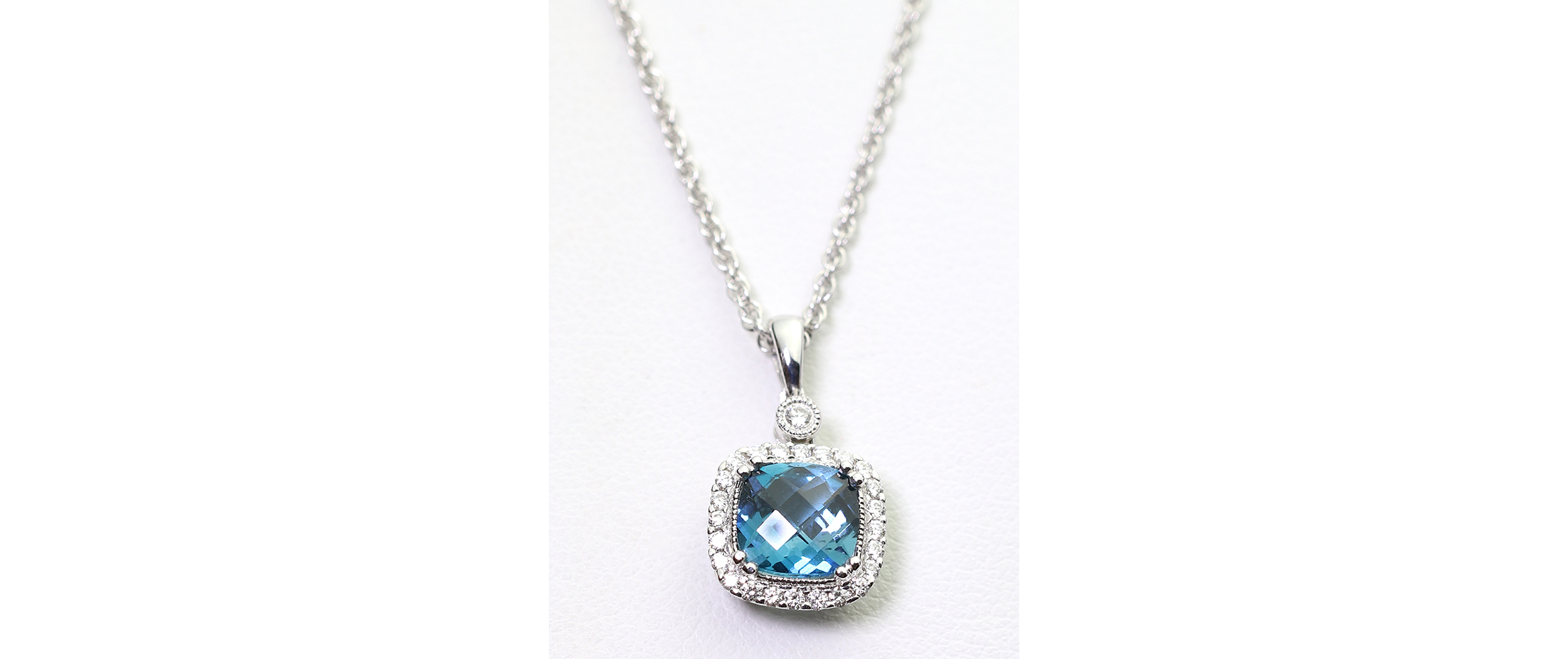
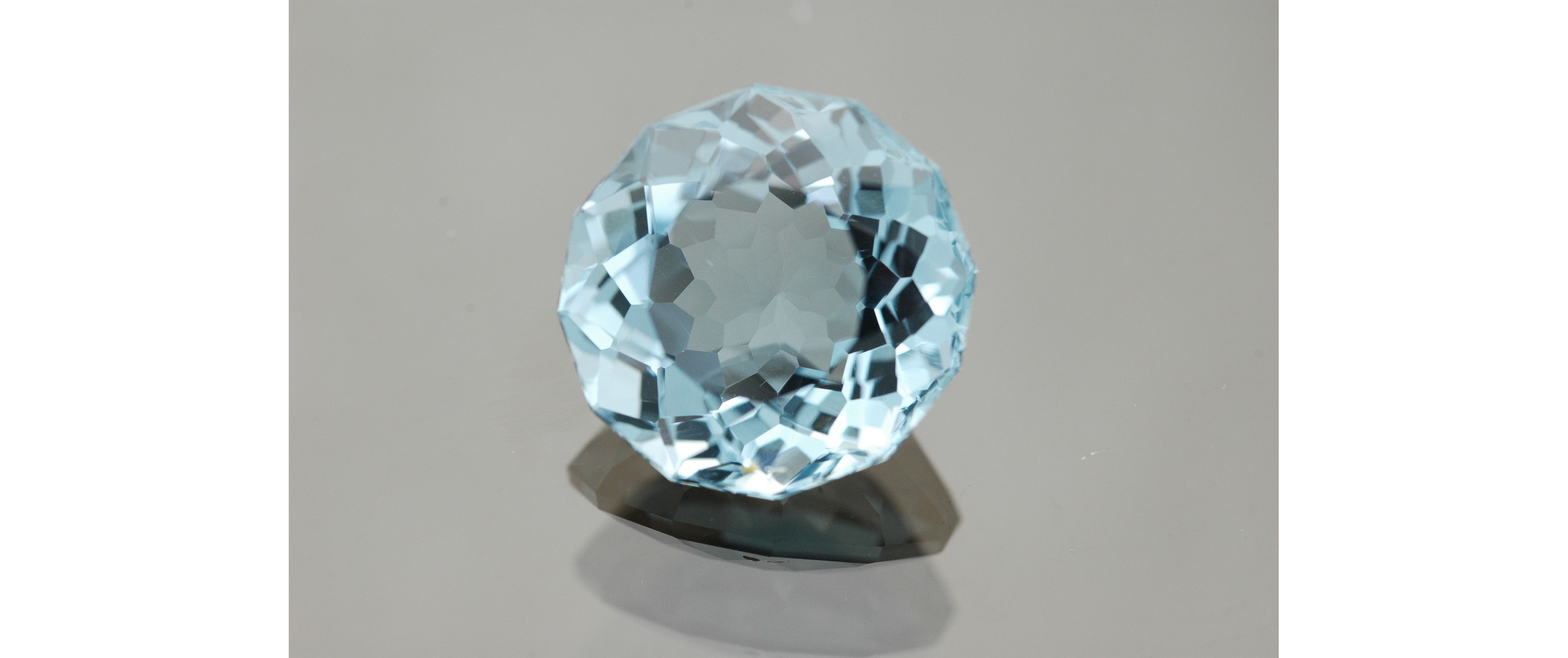
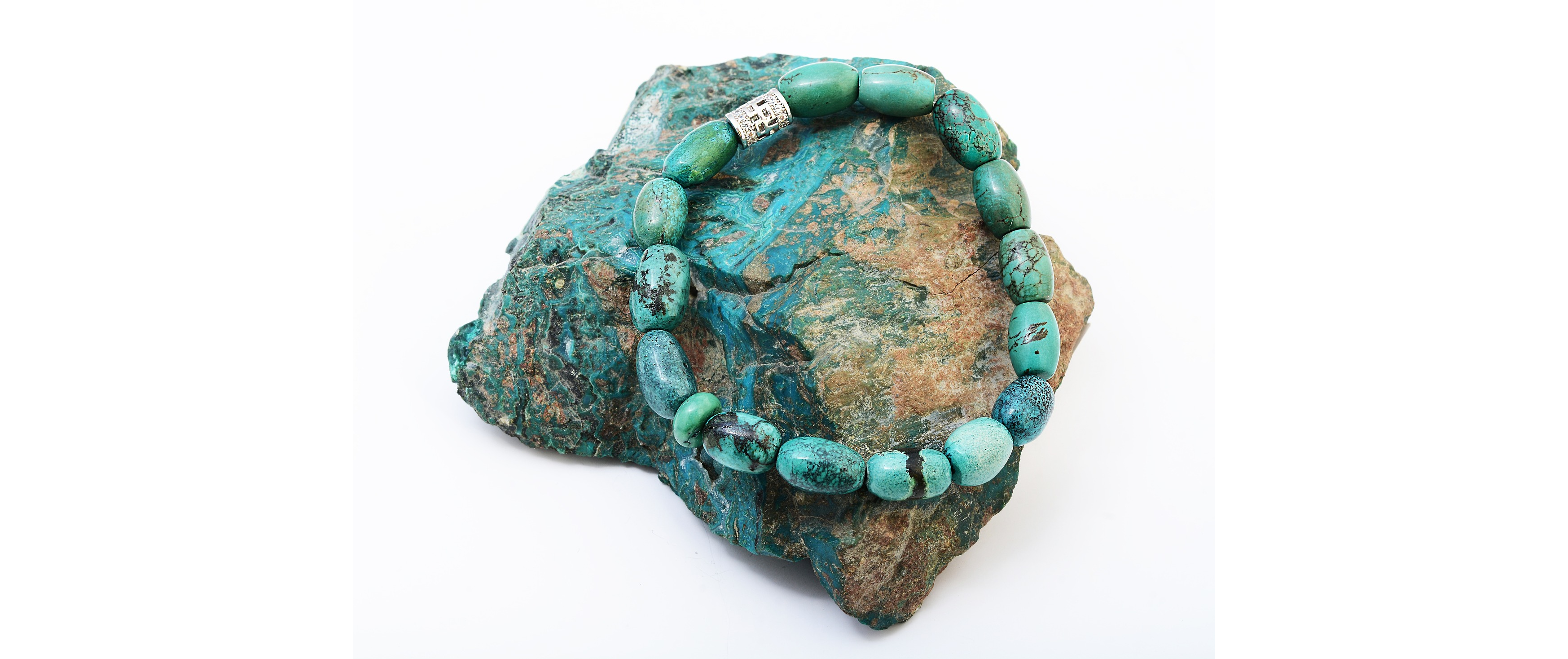
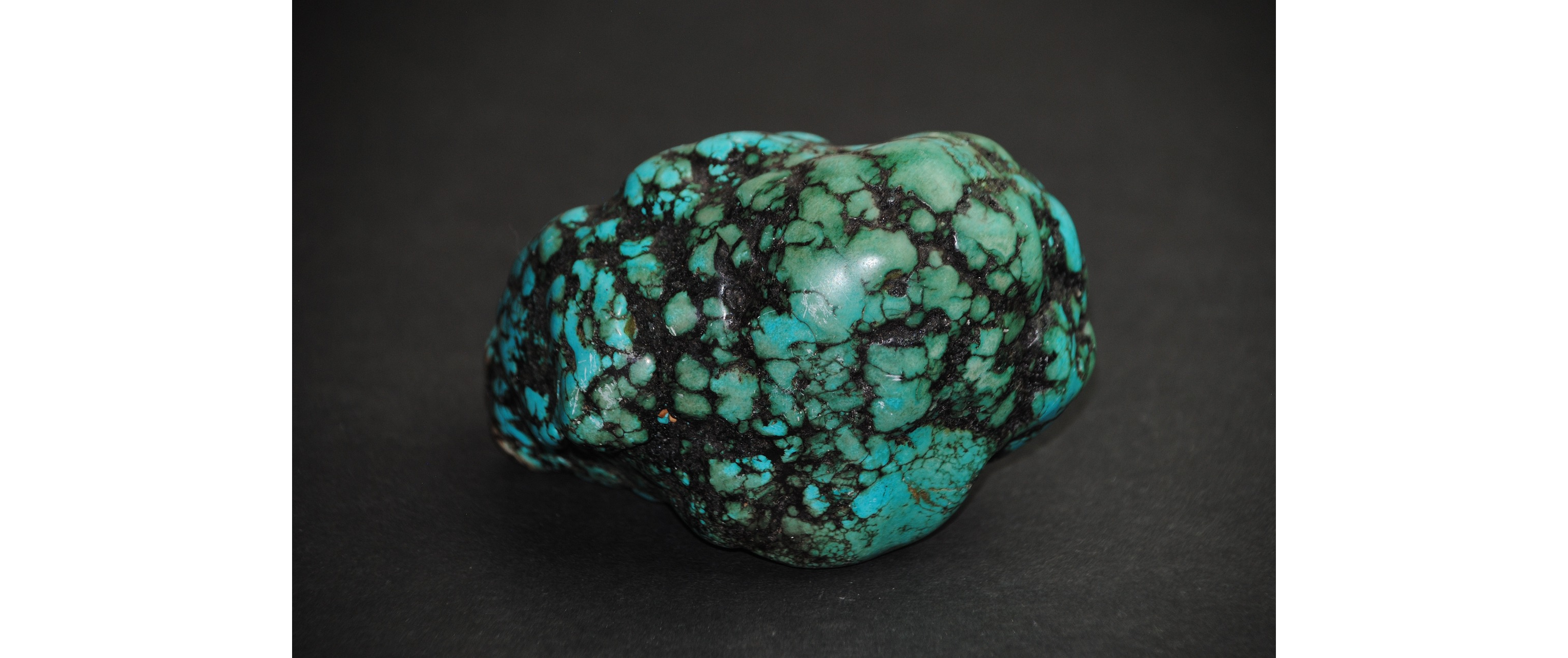
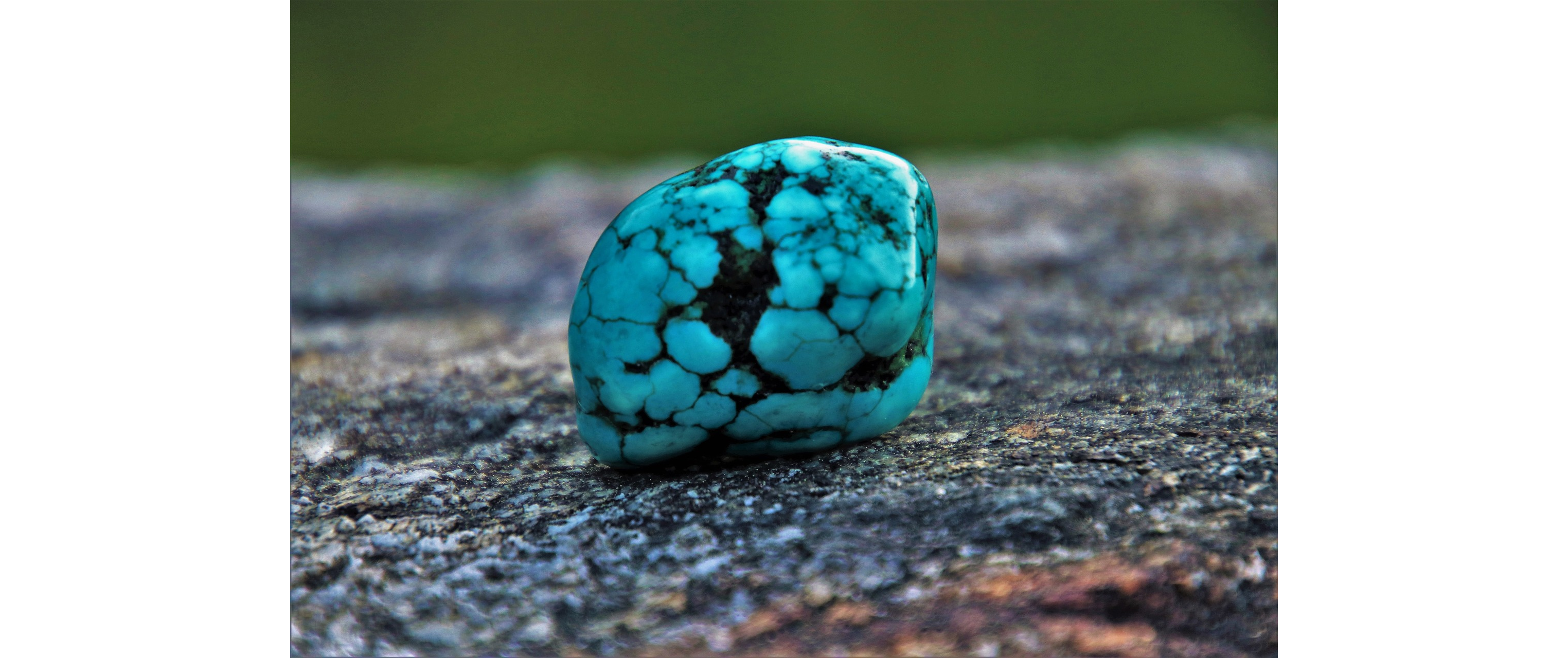
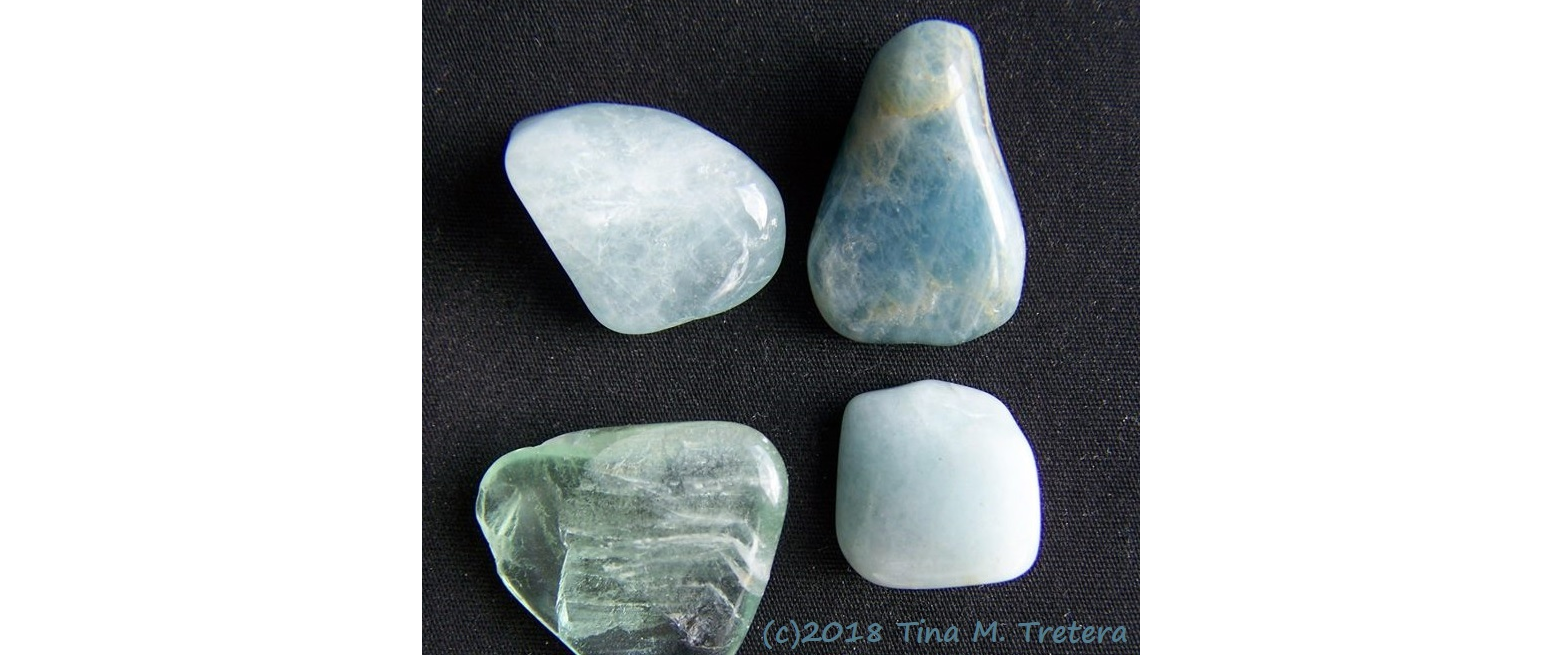
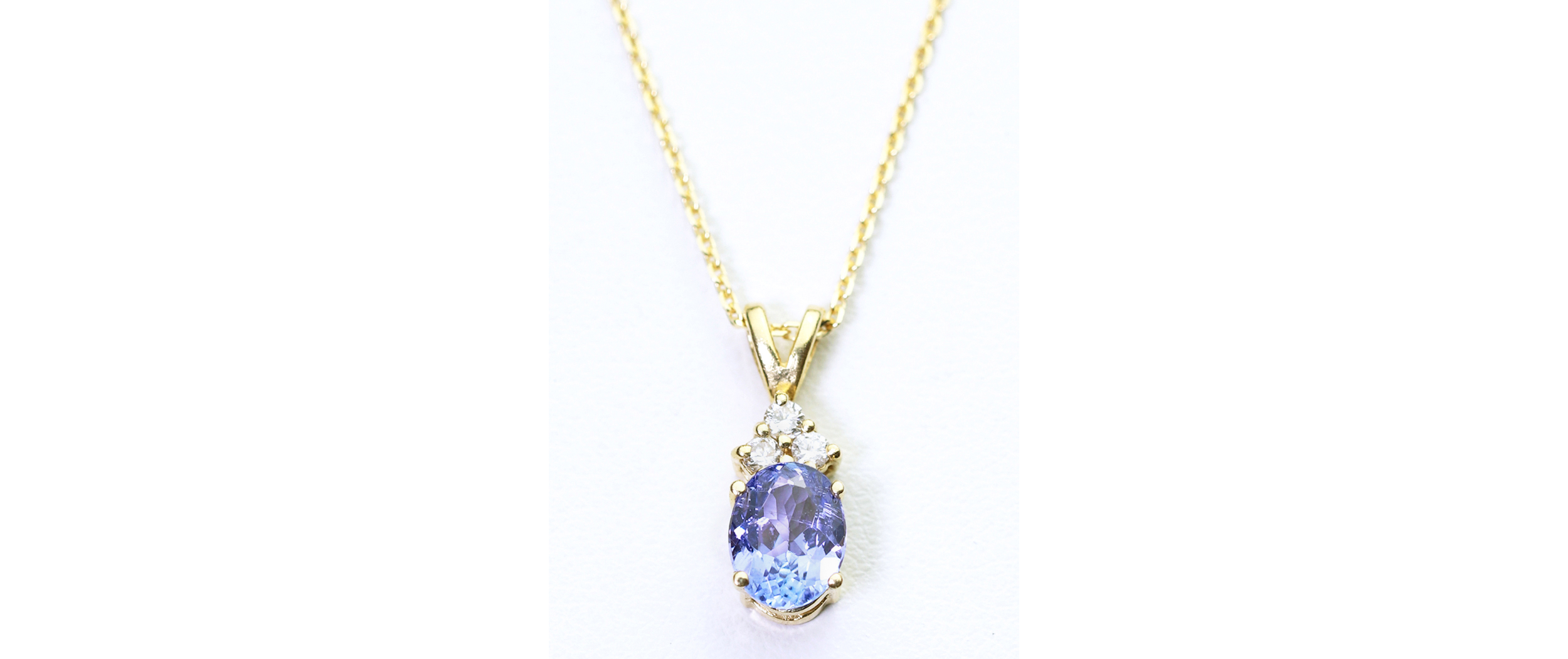
TURQUOISE
Turquoise comes from the French expression “pierre tourques”, or “Turkish stone”, and originated in the 13th century. Ancient Egyptians called turquoise “mefkat”, which means “joy” and “delight”.
Turquoise gets its color from copper, aluminum, zinc, and iron and has a color range in shades of blue to green. The presence of iron gives it a greenish hue whereas zinc causes more of a yellowish hue. Its color can change over time due to body oils and other moisture absorbed into the stone. Today, the most sought-after color of Turquoise is Robin's Egg Blue, Sky Blue, or Persian Blue. Turquoise treatments are wax, dye, and stabilization. The Moh’s hardness of Turquoise is 5 - 6.
Turquoise can be found in Iran, China, Mexico, Middle East, Kazakhstan, and United States of America. Ancient Egyptians mined Turquoise (in the Sinai region) around 5500 BCE.
Turquoise is a traditional birthstone for December. In 1912, the American National Association of Jewelers named turquoise as one of the birthstones for December. It is the stone for the 11th Wedding Anniversary. Turquoise is associated with the zodiac signs of Sagittarius.
Turquoise is believed to be the world’s oldest gem material. Turquoise has been used for centuries around the world in ceremonies and can be found in burial sites. It was discovered in burial sites in western Iran that date back to 7000 BCE. Ancient China carved turquoise 3000 years ago. Ancient Egyptians considered turquoise a holy stone that brings good luck, fertility, vegetation, joy, delight, and improved a warrior’s accuracy. Turquoise was associated with the goddess Hathor (also called the lady, or the mistress, of turquoise). The Ancient Egyptians fashioned it into amulets, beads, and other such small objects.
Native American tribes in the USA used it as a ceremonial gem, jewelry, amulets, and as exchange. To some Native American tribes, it symbolized the god of the sky. Many regarded turquoise as a spiritual stone that connects one with the sky and Earth. The Apache believed a turquoise stone could be found at the end of a rainbow. The Apache’s attached it to their bow or firearm to increase their accuracy. They considered it a good luck charm. Apache shamans possess this stone if they are authentic and because they believe it is effective against evil spirits. The Navajo believe that turquoise is a piece of the sky that has fallen to Earth for its inhabitants. The Navajo use it along with coral to pray for rain. By throwing turquoise into water or air it would help one connect, in prayer, to the Creator of rain or the Wind Spirits. The goddess Estsanatlehi appeared to humankind as a drop of turquoise or a turquoise woman. The name Estsanatlehi means ‘changing woman’, and which refers to the way turquoise changes color according to its environment. Turquoise is considered a good luck charm and was central to many of their spiritual observances and traditions.
In Tibet turquoise guarantees health, good fortune, protection from evil, and protected children from falling. It is the national gem of Tibet. Believed to be spiritual and connected with the sky and the Earth.
The Ancient Mayans and Aztecs associated turquoise with healing properties and good fortune. Aztecs offered turquoise at the temple of Matlalcueye, the goddess of fertility and protection. As a funerary custom turquoise fragments were placed in distinguished chiefs mouths.
Turquoise has historically been associated with rain, sky, protection, healing, good fortune, prosperity, good health, peace, uncluttering the mind, ease stress, friendship, happiness, getting rid of bad habits, and seeing one’s life from a higher perspective. It was attached to warriors swords, bows, and firearms to improve accuracy.
Care: Turquoise gets its color from copper, aluminum, zinc, and iron and has a color range in shades of blue to green. The presence of iron gives it a greenish hue whereas zinc causes more of a yellowish hue. Its color can change over time due to body oils and other moisture absorbed into the stone. Today, the most sought-after color of Turquoise is Robin's Egg Blue, Sky Blue, or Persian Blue. Turquoise treatments are wax, dye, and stabilization. The Moh’s hardness of Turquoise is 5 - 6.
Turquoise can be found in Iran, China, Mexico, Middle East, Kazakhstan, and United States of America. Ancient Egyptians mined Turquoise (in the Sinai region) around 5500 BCE.
Turquoise is a traditional birthstone for December. In 1912, the American National Association of Jewelers named turquoise as one of the birthstones for December. It is the stone for the 11th Wedding Anniversary. Turquoise is associated with the zodiac signs of Sagittarius.
Turquoise is believed to be the world’s oldest gem material. Turquoise has been used for centuries around the world in ceremonies and can be found in burial sites. It was discovered in burial sites in western Iran that date back to 7000 BCE. Ancient China carved turquoise 3000 years ago. Ancient Egyptians considered turquoise a holy stone that brings good luck, fertility, vegetation, joy, delight, and improved a warrior’s accuracy. Turquoise was associated with the goddess Hathor (also called the lady, or the mistress, of turquoise). The Ancient Egyptians fashioned it into amulets, beads, and other such small objects.
Native American tribes in the USA used it as a ceremonial gem, jewelry, amulets, and as exchange. To some Native American tribes, it symbolized the god of the sky. Many regarded turquoise as a spiritual stone that connects one with the sky and Earth. The Apache believed a turquoise stone could be found at the end of a rainbow. The Apache’s attached it to their bow or firearm to increase their accuracy. They considered it a good luck charm. Apache shamans possess this stone if they are authentic and because they believe it is effective against evil spirits. The Navajo believe that turquoise is a piece of the sky that has fallen to Earth for its inhabitants. The Navajo use it along with coral to pray for rain. By throwing turquoise into water or air it would help one connect, in prayer, to the Creator of rain or the Wind Spirits. The goddess Estsanatlehi appeared to humankind as a drop of turquoise or a turquoise woman. The name Estsanatlehi means ‘changing woman’, and which refers to the way turquoise changes color according to its environment. Turquoise is considered a good luck charm and was central to many of their spiritual observances and traditions.
In Tibet turquoise guarantees health, good fortune, protection from evil, and protected children from falling. It is the national gem of Tibet. Believed to be spiritual and connected with the sky and the Earth.
The Ancient Mayans and Aztecs associated turquoise with healing properties and good fortune. Aztecs offered turquoise at the temple of Matlalcueye, the goddess of fertility and protection. As a funerary custom turquoise fragments were placed in distinguished chiefs mouths.
Turquoise has historically been associated with rain, sky, protection, healing, good fortune, prosperity, good health, peace, uncluttering the mind, ease stress, friendship, happiness, getting rid of bad habits, and seeing one’s life from a higher perspective. It was attached to warriors swords, bows, and firearms to improve accuracy.
Avoid high heat, oils, grease, perfume, chemicals, and extreme temperate changes. Avoid steam and ultrasonic cleaners. Use warm soapy water on a very soft cloth to clean and immediately dry with a soft cloth. Handle with care as it scratches easily and can be fragile; store it in a cool, stable, dry place apart from other jewelry when possible.
TANZANITE
In 1968 Tiffany & Company started marketing blue-violet zoisite under the name “tanzanite”. Tanzanite was named after the location it is found, Tanzania, by Tiffany & Company.
Tanzanite is the blue to blue-violet to purple variety of zoisite. It gets its color from vanadium and has a color range from blue to violet-blue to purple, periwinkle, lilac, and cornflower blue to deep blue, indigo and violet. Today, the most sought-after color of Tanzanite is a medium dark tone with vivid saturation and slightly violet-blue in coloring. Tanzanite is often heat treated to improve the blue color. This treatment is permanent. The Moh’s hardness of Tanzanite is 6.5 - 7.
Tanzanite can be found in Tanzania. Its discovery in 1967 is attributed to a Maasai tribesman.
In 2002, the American Gem Trade Association added Tanzanite as a birthstone for December. It is the stone for the 8th and 24th Wedding Anniversaries. Tanzanite is associated with the zodiac signs of Sagittarius.
The Maasai legend claims that the ground was struck with a bolt of lightning from the sky and turned all the rocks a shimmering blue. The Maasai tribe gives tanzanite as a gift upon the birth of a baby as a blessing symbolizing health, well-being, and wealth.
Tanzanite has historically been associated with new beginnings, transformation, beauty, intuition, psychic abilities, raising consciousness, dissolve old patterns/habits, health, well-being, and prosperity. It has also been associated with rarity.
Historically speaking, Tanzanite was believed to strengthen the immune system, detoxify blood, and regenerate cells, skin, and hair.
Care:
Avoid sudden or extreme temperature changes. Avoid extreme heat, steam cleaners and ultrasonic cleaners. Clean with a soft brush and warm soapy water and then dry off excess water with a soft cloth.
Tanzanite is the blue to blue-violet to purple variety of zoisite. It gets its color from vanadium and has a color range from blue to violet-blue to purple, periwinkle, lilac, and cornflower blue to deep blue, indigo and violet. Today, the most sought-after color of Tanzanite is a medium dark tone with vivid saturation and slightly violet-blue in coloring. Tanzanite is often heat treated to improve the blue color. This treatment is permanent. The Moh’s hardness of Tanzanite is 6.5 - 7.
Tanzanite can be found in Tanzania. Its discovery in 1967 is attributed to a Maasai tribesman.
In 2002, the American Gem Trade Association added Tanzanite as a birthstone for December. It is the stone for the 8th and 24th Wedding Anniversaries. Tanzanite is associated with the zodiac signs of Sagittarius.
The Maasai legend claims that the ground was struck with a bolt of lightning from the sky and turned all the rocks a shimmering blue. The Maasai tribe gives tanzanite as a gift upon the birth of a baby as a blessing symbolizing health, well-being, and wealth.
Tanzanite has historically been associated with new beginnings, transformation, beauty, intuition, psychic abilities, raising consciousness, dissolve old patterns/habits, health, well-being, and prosperity. It has also been associated with rarity.
Historically speaking, Tanzanite was believed to strengthen the immune system, detoxify blood, and regenerate cells, skin, and hair.
Care:
Avoid sudden or extreme temperature changes. Avoid extreme heat, steam cleaners and ultrasonic cleaners. Clean with a soft brush and warm soapy water and then dry off excess water with a soft cloth.
BLUE TOPAZ
There are two beliefs as to where the word “topaz” came from. Some believe that it comes from the Sanskrit word “Tapas”, meaning “fire”; while others believe that it comes from the Greek word “Topazos,” which was a name for a small island in the Red Sea.
Blue Topaz gets its color from iron and has a color range from pale blue to sky blue to London blue to indigo. Today, the most sought-after color of blue topaz today is the Swiss and London blue topaz. Blue Topaz treatments are irradiation and heat, and they are permanent. “Swiss Blue” and “London Blue” Topaz are trade names for specific shades of treated blue topaz. Swiss Blue has a bright, vivid, electric blue color with a light tone and light to moderate saturation and can sometimes look like aquamarine color-wise. London Blue is a dark blue topaz with a moderate to dark tone and saturation. The name for “London blue” Topaz came from it being first created in London in the early 19th century. Natural blue topaz was rare and very expensive. The Moh’s hardness of Blue Topaz is 8.
Blue Topaz gets its color from iron and has a color range from pale blue to sky blue to London blue to indigo. Today, the most sought-after color of blue topaz today is the Swiss and London blue topaz. Blue Topaz treatments are irradiation and heat, and they are permanent. “Swiss Blue” and “London Blue” Topaz are trade names for specific shades of treated blue topaz. Swiss Blue has a bright, vivid, electric blue color with a light tone and light to moderate saturation and can sometimes look like aquamarine color-wise. London Blue is a dark blue topaz with a moderate to dark tone and saturation. The name for “London blue” Topaz came from it being first created in London in the early 19th century. Natural blue topaz was rare and very expensive. The Moh’s hardness of Blue Topaz is 8.
Topaz can be found in Brazil (Minas Gerais, Ouro Preto), Japan (Takayama, Tanokamiyama), Russia (Ural Mountains, Siberia), Sri Lanka, Pakistan, Namibia, Nigeria, Madagascar, Mexico, Myanmar, Scotland (Cairngorm Mountains, especially Ben a Buird), Germany, Australia, India, Zimbabwe, and the United States of America (California, Colorado, Utah).
In 1912 the National Association of Jeweler’s recognized Blue Topaz an alternate birthstone for December. It is the stone for the 4th Wedding Anniversary. Blue Topaz is associated with the zodiac signs of Sagittarius, Aries, and Leo.
In Renaissance Europe (1300s-1600s) they believed that topaz could break magic spells and dispel anger.
Blue Topaz has historically been associated with relaxation, stress reduction, increased creativity, and communication skills. It is also said to bring good luck, fortune, creativity, and spiritual growth. In modern times, it’s a symbol of serenity and grace and brings friendship and romance. It was believed to prevent anger and instability.
Care:
Warm water with mild soap and a very soft-bristled brush. Avoid using steam or ultrasonic cleaners. Avoid extreme heat and direct sunlight as this can cause the topaz to lose its color. Avoid wearing in a pool or salt water.
London blue Topaz: clean with a soft, dry cloth or warm soapy water. Keep away from chemicals, heat, and light. Store in a cool, dry place.
BLUE ZIRCON
The name “Zircon” was first used in 1794 and was a vague term used for high-quality diamond-like gemstones. The German word " “Zirkon” may have came from the 18 century French “jargon” which was a vague mineral word used of high-quality diamond-like gemstones. The name “Zircon” might also have roots in the Arabic word “zargun/zarkun”, meaning “bright or dark red”. Or the Ancient Persian word “zargun”, meaning “gold-colored”. The blue zircon was also known as "Starlite Zircon".
Blue Zircon gets its color from uranium. Today, the most sought-after color of Zircon is sky blue. Heat treatment became a customary practice in the 1920s and is still common. All blue zircon is presumed heat treated. Heat treatment is used to enhance or change the color of the zircon. Zircon can return to its natural color. It is rarely fracture-filled. The Moh’s hardness of Blue Zircon is 6.5 to 7.5. The Zodiac sign associated is Aries, Leo, and Sagittarius.
Blue Zircon can be found in Australia, India, Brazil, Cambodia, Myanmar, Nigeria, Pakistan, Sri Lanka, Tanzania, Thailand, Vietnam, South Korea, Norway, Germany, New Zealand, Russia, Southeast Asia, South Africa, Mexico, Canada, and the United States of America (Florida, Virginia, Georgia, North Carolina).
In 1952, The American Gem Society replaced lapis lazuli with blue zircon as an official birthstone of December. Blue Zircon is the stone for the 4th and 49th Wedding Anniversaries. Blue Zircon is associated with the zodiac signs of Aries, Leo, and Sagittarius.
During the Middle Ages (5th to 15th centuries) in Medieval Europe zircon was used as a talisman to ward off evil and bring prosperity to the household. During this time it was also believed that Zircon could induce sound sleep, heal madness, reduce temptation, improve intelligence, and bring prosperity and wisdom.
During the Victorian Era, from the 1880s, Blue Zircon was the favorite color. During the 19th century it was faceted and worn by British aristocrats in jewelry. In the early 20th century, it was used as an alternative to diamond. George Kunz, Tiffany’s famed gem buyer, was a notable zircon advocate.
Blue Zircon has historically been associated with virtue, prosperity, wisdom, intuition, healing, grounding, ward off evil, optimism, and balance one physically, emotionally, and spiritually .
Today it is known as the "Stone of Virtue" and is said to strengthen the bonds between partners and create a harmonious connection. Blue Zircon is also associated with spiritual wisdom, inner peace, serenity, inspiration, clarity, abundance, wealth, grounding, tranquility, communication, and self-expression. It is said to help one articulate thoughts and emotions.
Care:
Resists heat and chemicals. Can withstand extreme temperatures. Ultrasonics and Steamers are not recommended. Use warm, soapy water to clean.
Blue heat-treated zircon’s color will fade over time when exposed to sunlight. Long-wave ultraviolet radiation (LWUV) exposure (UV lamp from a tanning bed or one for curing acrylic fingernails) for less than 6 minutes can return blue zircons back to their original brown coloring. If left for a week in the dark and then exposed to a 22w incandescent lamp for about 20 minutes, it may restore the blue color.
